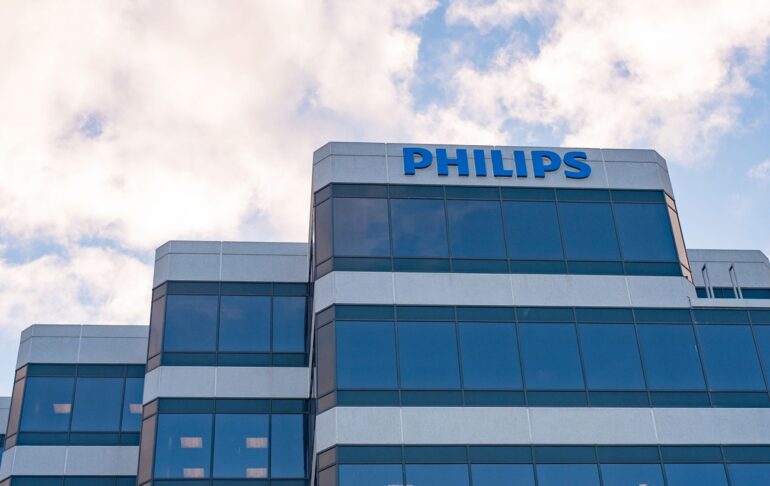TL;DR:
- Philips introduces CT 3500, a state-of-the-art CT system with AI capabilities.
- The precise Position feature automates patient orientation determination, reducing positioning time by 23% and increasing accuracy by 50%.
- Precise Image feature offers AI-based reconstruction, reducing noise by 85% and radiation dosing by 80% while improving low-contrast detectability by 60%.
- CT 3500 enhances radiology workflow efficiency, allowing radiographers to focus more on patient care.
- Frans Venker highlights the system’s benefits for high-volume radiology departments.
- Philips aims to revolutionize healthcare delivery with cutting-edge technology and a patient-centric approach.
Main AI News:
Philips, a renowned leader in healthcare technology, has introduced the groundbreaking CT 3500 system, setting new standards in radiology workflow optimization and image quality enhancement. Equipped with cutting-edge artificial intelligence (AI) capabilities, this state-of-the-art computed tomography (CT) system revolutionizes patient care and diagnostic accuracy.
One of the remarkable features of the CT 3500 is the Precise Position functionality, which harnesses AI algorithms to automate patient orientation determination. This groundbreaking technology significantly reduces patient positioning time by an impressive 23 percent while simultaneously enhancing positioning accuracy by an astonishing 50 percent. Radiographers can now allocate more time to focus on patient care, thanks to the time-saving capabilities of this innovative system.
Moreover, the CT 3500 incorporates the pioneering Precise Image feature, offering AI-powered reconstruction. This remarkable functionality ensures an unprecedented 85 percent noise reduction and an outstanding 80 percent decrease in radiation dosing. Notably, these advancements do not compromise diagnostic capabilities, as the system achieves an extraordinary 60 percent improvement in low-contrast detectability. The CT 3500 sets a new benchmark for precision and patient safety in the field of radiology.
Frans Venker, the esteemed General Manager of Computed Tomography at Philips, emphasized the significance of the CT 3500’s impact on high-volume radiology departments. He stated, “Today, many radiology departments scan hundreds of patients a day. We’ve engineered the Philips CT 3500 to reduce the pain points that these high-volume departments face by developing a versatile, reliable, high-throughput imaging solution. It automates radiographers’ most time-consuming steps so that they can spend more time focusing on the patient.” The CT 3500 embodies Philips’ commitment to revolutionizing healthcare delivery through cutting-edge technology and a patient-centric approach.
With the launch of the CT 3500, Philips reaffirms its position as a trailblazer in the healthcare industry, pushing boundaries and introducing transformative solutions. Radiology departments can now benefit from unparalleled efficiency, superior image quality, and enhanced patient experiences. The CT 3500 represents a giant leap forward in radiology workflow optimization, facilitating greater accuracy and productivity, all while prioritizing patient well-being.
Conlcusion:
The introduction of the Philips CT 3500 system, with its advanced AI capabilities, signifies a significant advancement in the radiology market. This innovative technology not only improves the efficiency of radiology workflows but also enhances image quality and patient care. The automation of time-consuming tasks and the reduction in radiation dosing demonstrate the system’s potential to increase productivity and reduce costs for high-volume radiology departments.
As a result, healthcare providers can expect improved diagnostic accuracy, streamlined operations, and enhanced patient experiences. The emergence of the CT 3500 sets a new standard for radiology systems and reinforces Philips’ position as a pioneer in the healthcare technology market.

